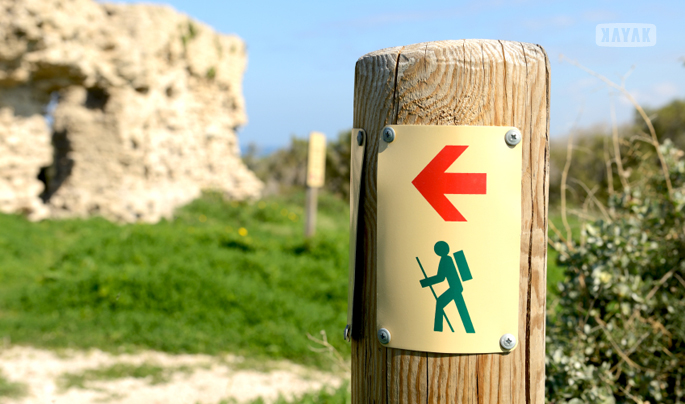The Three Rules for Findability and Website Redesign
Have you ever had that sinking feeling that comes with realizing you didn’t plan ahead the way you should have?
Unfortunately, we meet a lot of business owners who find themselves in the same seat, so to speak, regretting something they’ve just done on impulse but without making the necessary preparations or thinking of the further implications.
Specifically, we are talking about website re-design and migrating CMS platforms – something that is easy to agree to on the spur of the moment, but that requires a little bit of forethought and planning. In other words, we strongly urge you not to delete your current website and put a new one in its place without making sure you’re ready first.
To understand why a hasty site design can leave you with that sinking feeling, let’s start with three rules you have to follow when it comes to migrating your business website:
- Never delete a page
- Don’t change URLs
- Don’t rename pages
Why these rules? That’s simple, they all come down to not taking away from the URLs you already have on your site. For one thing, Google has already indexed these pages, with their current names and locations, and knows how to find them. When you take those existing URLs away, you are essentially starting from scratch, at least as far as the major search engines are concerned.
Additionally, you may have large numbers of links, both internally and from other websites, that are pointed at the URLs you’re thinking about removing. Assuming that those links could have provided further traffic to you in the future, you miss out on the opportunity to get those visitors who can no longer find your pages. Given the amount of time and effort it takes to secure high-quality links in the first place, the last thing you want to do is remove them. You don’t just kill the traffic, but give the owners of other websites a good reason not to link to your pages again in the future.
It isn’t just the referral traffic you’ll be missing, either.
Missing links do further damage to your search engine profile – they tell Google and the other engines that your site is “broken,” which discourages them from sending visitors your way. This can be especially important (and disastrous) if you’re moving a WordPress site. That’s because Worpress pages can be marked categorically, by date, by keyword and topic, etc. Re-creating those pages, and the old link structure, can be nearly impossible once the existing URL’s are gone.
So, how can you improve your website without breaking any of these three rules? What is left for you to do to attract visitors and update your pages? Here are a few quick guidelines to follow:
DO save a copy of your sitemap to fall back on.
Even if you don’t mean to violate any of our three rules, there is always the chance that you will do so unintentionally. For that reason, you should have a site map with all existing pages and URLs to compare to when you’re finished.
DO add new pages to your site regularly.
Rather than deleting old pages, go about creating new ones. These can be in the form of new products and topics, of course, but can also include blog posts and other ongoing content.
DO revise the content on existing pages.
Just because you shouldn’t remove pages doesn’t mean you can’t ever change them. Updating your content from time to time adds to the value of your business website.
DO change the look of your site when needed.
Graphics aren’t really indexed by Google, at least not in a hugely meaningful way. So, changing the appearance of your site can often give it a fresh look without disturbing the value of the existing content.
 DO forward and redirect pages when absolutely necessary.
DO forward and redirect pages when absolutely necessary.
If you have to get rid of a page, work with your web design team to ensure that it’s redirected to the proper location, in the proper way. That way, you can minimize the loss of traffic and search engine positioning.
Building up your site, getting Google’s attention, and attracting a stream of visitors isn’t easy. Remember that as you think about migrating or upgrading your business website, getting a “clean start” might sound great on paper, but website redesign is a lot more successful if you’re building on your past success.







